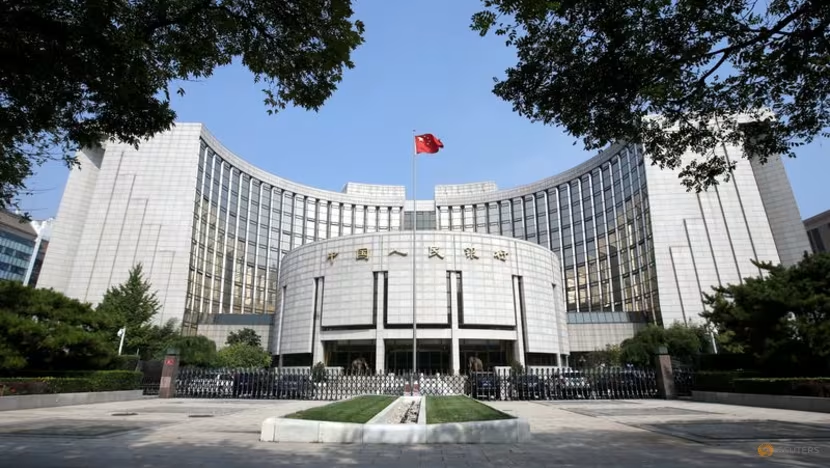Athira Sethu
Kochi, 20 May 2025
China reduced its key lending rates. The action is designed to help its weakening economy. China took the step as its currency, the yuan, became stronger, and trade tensions with the U.S. began to ease.
The People’s Bank of China (PBOC) reduced the 1-year loan prime rate (LPR) from 3.1% to 3.0% and the 5-year LPR from 3.6% to 3.5%. These are significant rates used to influence business, home, and other loans. The 1-year rate influences most all loans, whereas the 5-year rate is applied to mortgages.
This is the first rate cut since last October, when China also executed a larger rate cut of 25 basis points. Reducing these rates makes borrowing less expensive. When it costs less to borrow, individuals and companies may be more likely to spend more, boosting the economy.
Earlier in the day, some state-owned banks also reduced deposit rates as much as 25 basis points. This left the PBOC with some leeway to reduce the main lending rates without taking too much away from bank profits.
More rate cuts are expected later this year, experts predict.
The Chinese government also introduced other steps to help the economy, such as cutting mortgage rates and the amount of money banks need to keep in reserve. These actions are part of a larger plan to boost growth.
At the same time, the yuan has become stronger, rising more than 2.8% against the U.S. dollar in recent times. This is due in part to the weakening of the dollar and the improving U.S.-China trade talks. The two nations agreed to lower some tariffs for 90 days.
Despite these measures, some analysts opine that rate cuts will not be sufficient by themselves. They feel that the government must also increase expenditure in fiscal measures, like public works and aid to households.
But some believe the government might actually not increase much more spending this year. That is because the tensions with America have softened a little, and China prefers to maintain its budget unchanged.
China’s economy is strained by sluggish sales in the housing sector, declining prices, and lackluster demand. But for the meantime, the nation hopes small and steady assistance will suffice to achieve its growth target of about 5% this year.





















